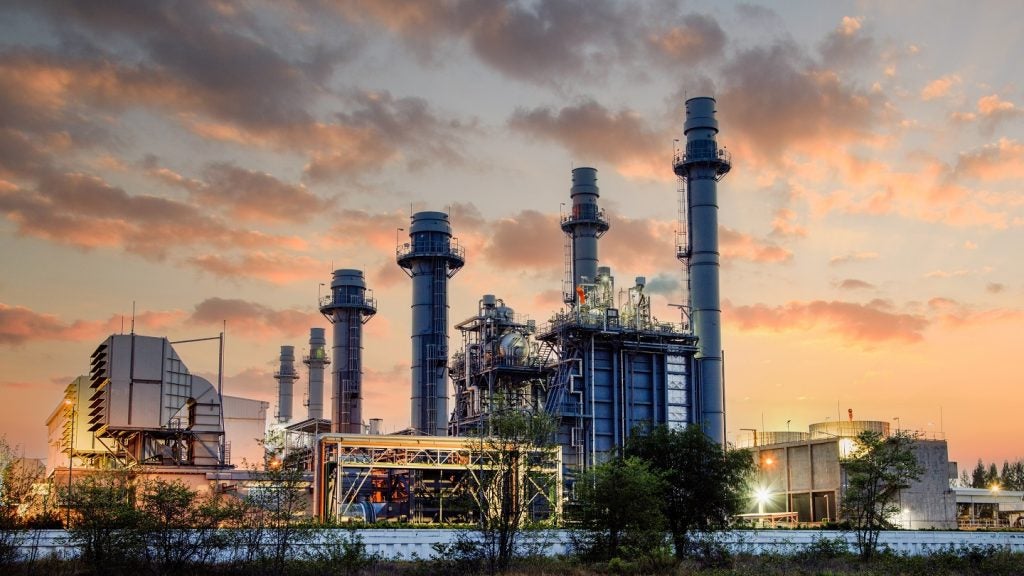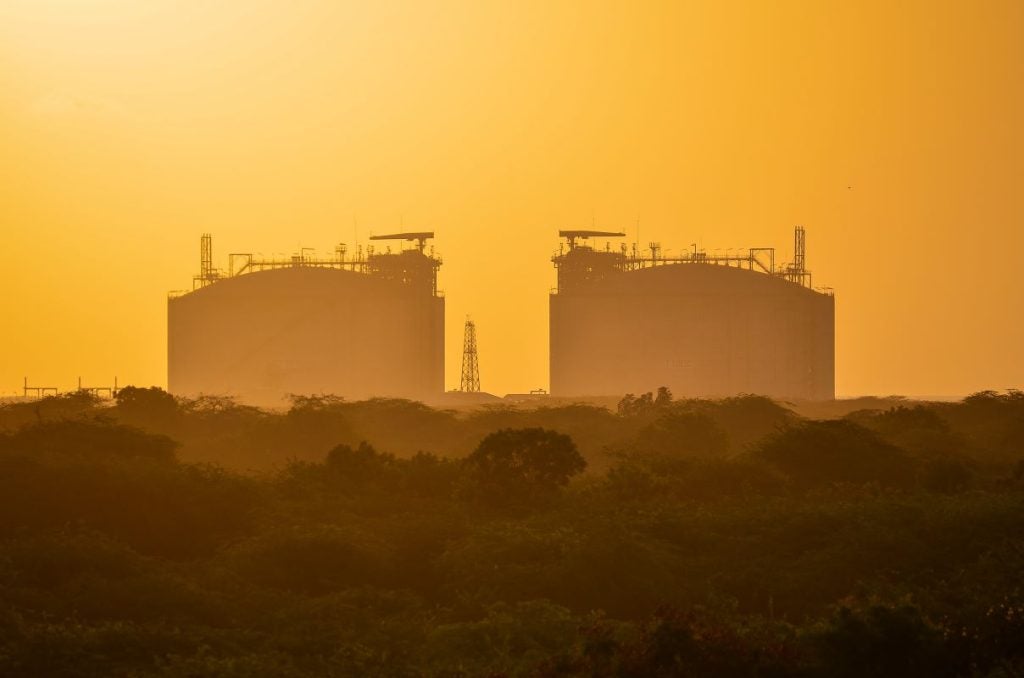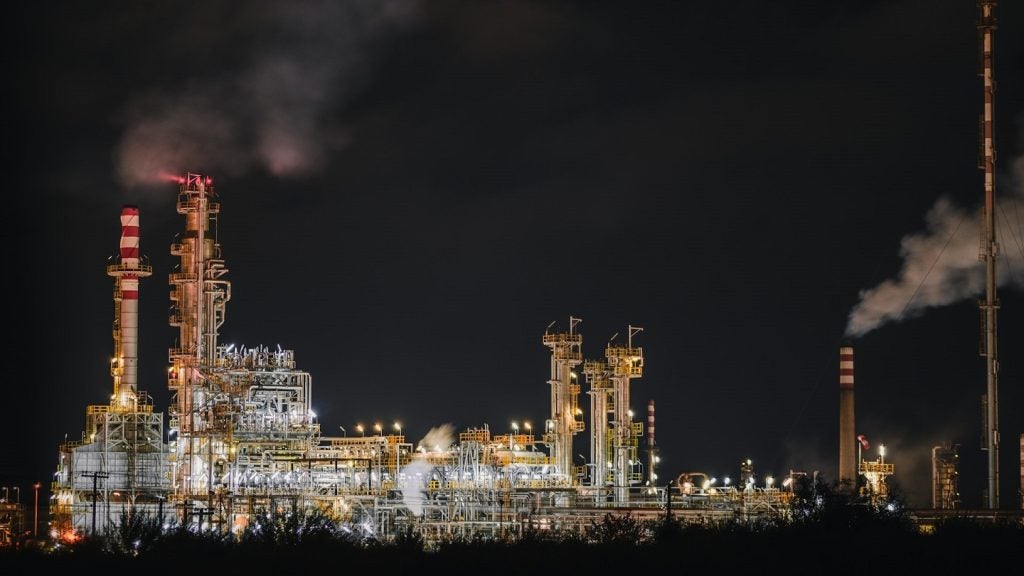Faroe Petroleum has failed to find hydrocarbons within the primary Oseberg formation target in the Rungne exploration well 30/6-30 in the PL825 in the Norwegian North Sea.
Drilling operations on the well began last month using the semi-submersible Transocean Arctic rig.
Drilled to a total depth of 3,469m, the Rungne well encountered a 56m gross gas/condensate column in interbedded Middle Jurassic Ness formation sandstones.
The well also hit 86m of gross water-bearing reservoir in the primary Oseberg formation target.
Owning a 40% working interest in the well, Faroe declared that no hydrocarbon contact was encountered within the Ness formation. The company carried out data acquisition, including coring, logging and fluid sampling.
Faroe Petroleum chief executive Graham Stewart said: “Although no hydrocarbons were present in the main Oseberg target, we are pleased to have encountered hydrocarbons in the secondary Ness target, which provides new data.
How well do you really know your competitors?
Access the most comprehensive Company Profiles on the market, powered by GlobalData. Save hours of research. Gain competitive edge.

Thank you!
Your download email will arrive shortly
Not ready to buy yet? Download a free sample
We are confident about the unique quality of our Company Profiles. However, we want you to make the most beneficial decision for your business, so we offer a free sample that you can download by submitting the below form
By GlobalData“In addition to the ongoing Agar/Plantain well, results from which are expected shortly, Faroe’s exploration programme will continue over the remainder of the year with two further committed exploration wells in Norway: the Brasse East (Faroe-operated) and Cassidy wells.”
The drilling encountered gas and condensate recoverable reserves in the Ness formation, with an estimated combined recoverable volume range between 2.7mmboe and 17mmboe.
According to the company, the discovery is unlikely to be commercial in isolation.
Other partners in PL825 include Lundin Norway (30%) and Spirit Energy Norge (30%).
Equinor Energy recently agreed to acquire a 20% stake in the licence from Lundin and a 10% interest from Spirit Energy.
Lundin also reached an agreement to sell its remaining 10% stake to DNO Norge.







